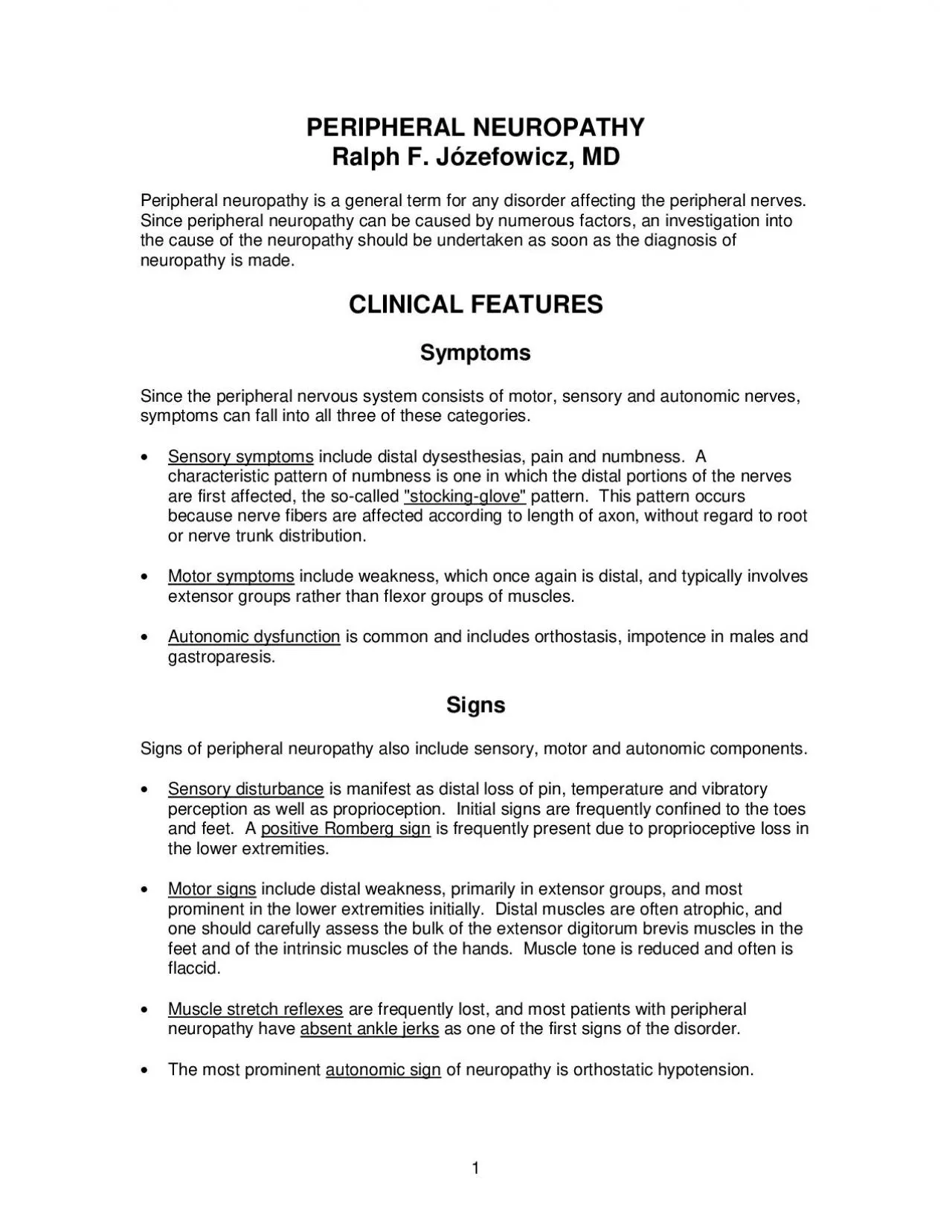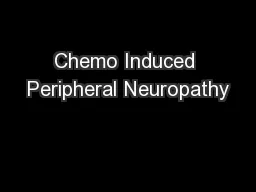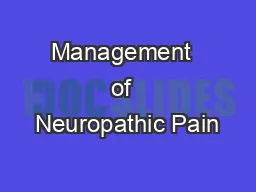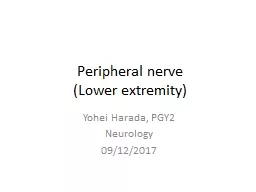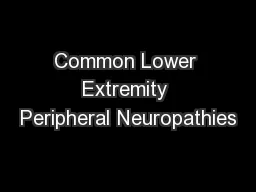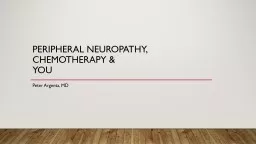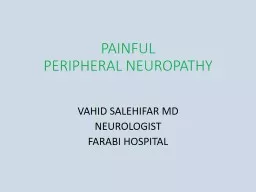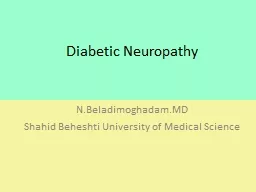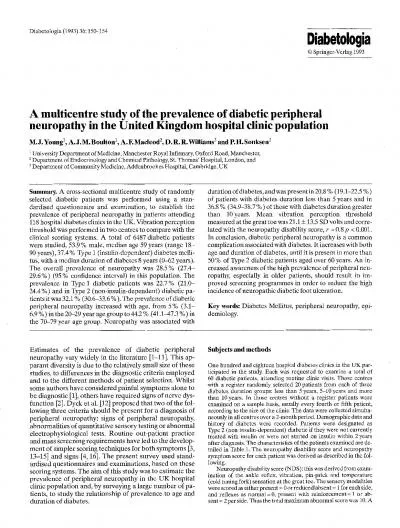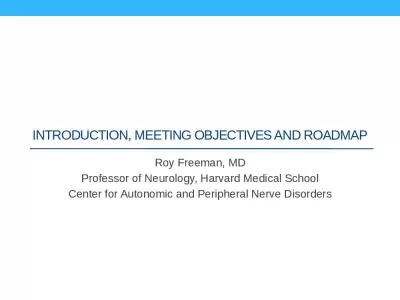PDF-PERIPHERAL NEUROPATHYRalph F Jzefowicz MDPeripheral neuropathy is a ge
Author : isabella2 | Published Date : 2021-09-25
1characteristic pattern of numbness is one in which the distal portions of the nerves are first affected the socalled stockingglovepattern This pattern occurs because
Presentation Embed Code
Download Presentation
Download Presentation The PPT/PDF document "PERIPHERAL NEUROPATHYRalph F Jzefowicz M..." is the property of its rightful owner. Permission is granted to download and print the materials on this website for personal, non-commercial use only, and to display it on your personal computer provided you do not modify the materials and that you retain all copyright notices contained in the materials. By downloading content from our website, you accept the terms of this agreement.
PERIPHERAL NEUROPATHYRalph F Jzefowicz MDPeripheral neuropathy is a ge: Transcript
Download Rules Of Document
"PERIPHERAL NEUROPATHYRalph F Jzefowicz MDPeripheral neuropathy is a ge"The content belongs to its owner. You may download and print it for personal use, without modification, and keep all copyright notices. By downloading, you agree to these terms.
Related Documents

